Last Updated on December 20, 2022 by Amanda P. Brown
No other beverage is consumed in such huge amounts as tea, which ranks second only to water. Some statistic says about 2 billion people start their breakfast by drinking tea. Even many of us believe that to live a healthy life; we should drink tea daily.
So many different types of teacome in different flavors and have additional nutritional benefits. Most of the teas come from plants, containing antioxidants called polyphenol catechins in more significant portions, which is a remedy for many health issues like improving the immune system, healthy diet, relief of stress, etc. Apart from all of this, I would like to inform you of some healthy things about different types of tea.
8 Different Types of Tea
Table of Contents
1. Green tea
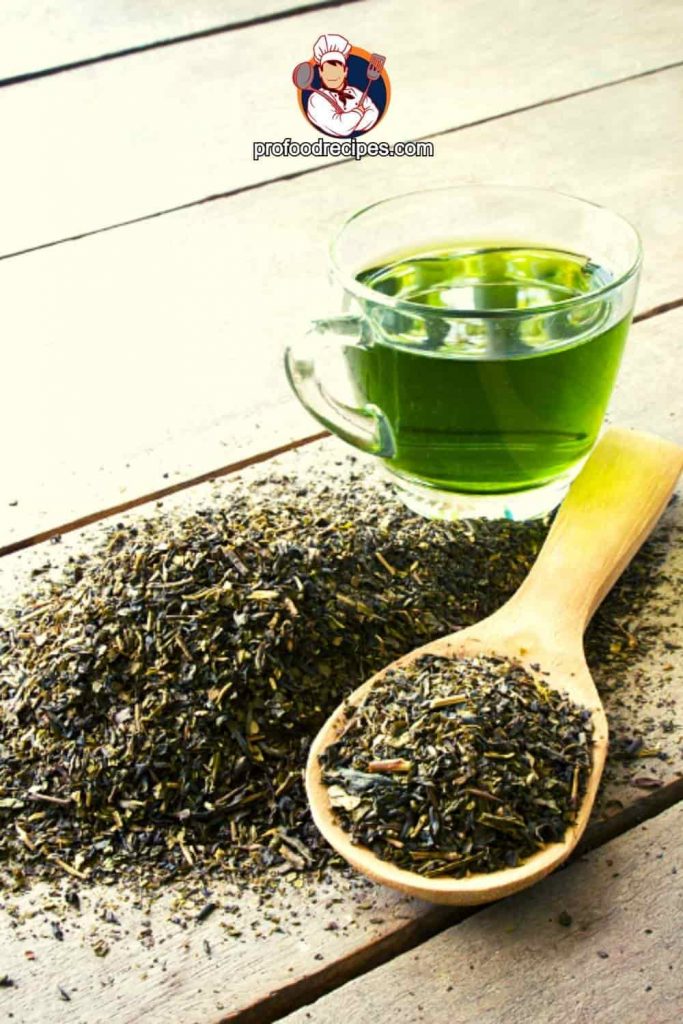
Green tea is, without question, the most widely consumed tea in the world. But, how reasonable is it to consider green tea the safest in the world? You will get the answer by reading this article.
Well, it is the Camellia Sinensis leaves with which green tea is made. In China, green tea has been utilized as a medicine for centuries. However, because of its health advantages, it is produced continuously worldwide.
Green tea contains a higher amount of polyphenols that cure health diseases like cancer, reduce the growth of abnormal cells, and fight against the Human papillomavirus HPV. An epigallocatechin-3-gallate (EGCG) in green tea is one type of antioxidant. These antioxidants protect the human body from cell and molecule damage and play a vital role in aging.
Besides this, green tea is also suitable for reducing high blood pressure, increasing blood, and decreasing cholesterol for weight loss. It improves brain health and helps stay brain calm, supports the immune system, increases bone density, restrains diabetes, protects skin from any kinds of aging, etc.
Despite having many health benefits, green tea has some side effects. Drinking too much green tea can create problems like sleeping, liver damage, vomiting, miscarriage, anemia, bleeding disorders, headaches, and stomach irritation. I recommend 3-5 cups can drink green tea in one day. Otherwise, taking more than that daily can be hazardous to your health.
Read More: How to Make Different Types of Green Tea?
2. Matcha Tea
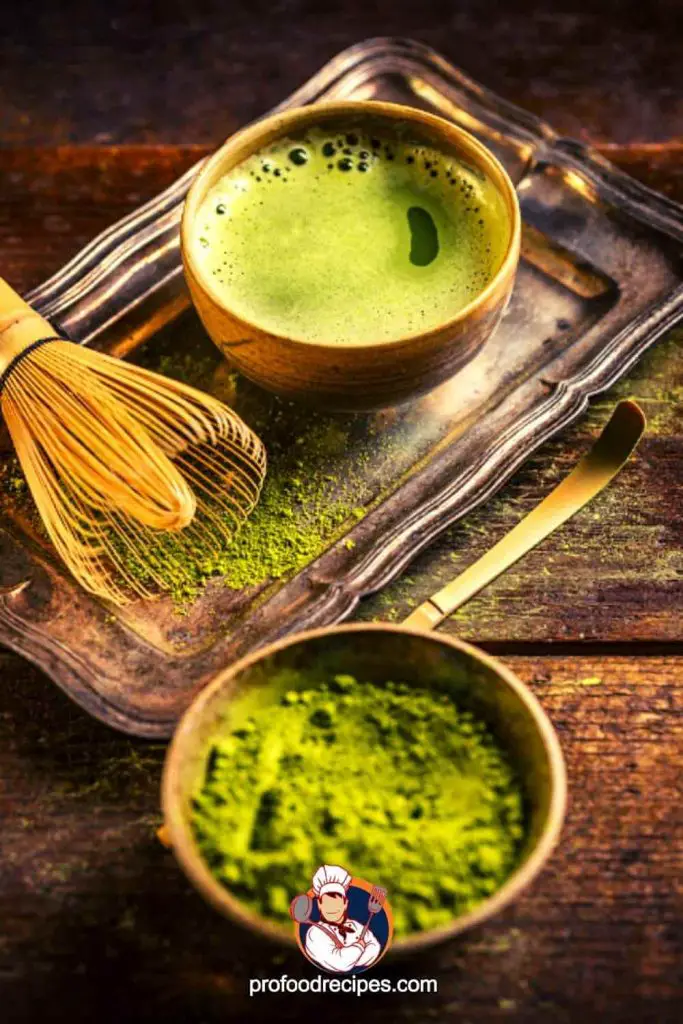
From the 12th century, when matcha was initially invented in Japan, it became popular worldwide in 2015. Matcha is a type of dried green powder with which tea is made. Like green tea, black tea, and white tea, matcha also comes from Camellia Sinensis, but it is different from others for its additional nutrient value. There is a high amount of antioxidants and caffeine in green tea leaves, which are great for human heart health, can protect from liver damage, and help to reduce weight.
According to science, matcha tea is a remedy for some diseases. It can protect you from chronic disease, prevent diabetes, improve heart health, control blood pressure, obstruct cell damage, improve brain function, and avoid cancer.
Drinking over matcha tea has side effects: heartburn, nausea, insomnia, headache, dizziness, irritability, diarrhea, and upset stomach. Don’t drink matcha tea more than 5 cups in a day. You can drink 1-2 cups of matcha tea daily for all kinds of health benefits.
Read More: How to Make Matcha Tea Taste Good?
3. Black Tea

Black tea is another most popular global beverage, like green tea. The origin of black tea in China was in the 17th century. There is a method called oxidation that changes green leaves to black color. For this, black tea is also known as oxidized tea.
The same as oolong and green tea, black tea is grown from the camellia Sinensis plant. So it is evident that there have several black tea health benefits for the human body. Black tea has many nutritional values, like amino acids, polyphenols, caffeine, carbohydrates, manganese, potassium, fluoride minerals, and proteins.
Drinking black tea every day has certain health benefits. It prevents cancer and heart disease, boosts the immune system, improves gut health and brain function, controls high cholesterol, diabetes, and kidney stones, and helps decrease weight loss by increasing fat burning.
Drinking more than 5 cups of black tea daily can create harmful health problems, like irregular heartbeat, faster breathing, tremors, nervousness, vomiting, anxiety, anemia, increased urination, high blood pressure, and headache. So I advise you to drink 3-5 cups of black tea daily.
Read More: 5 Black Tea Recipe
4. Chai Tea
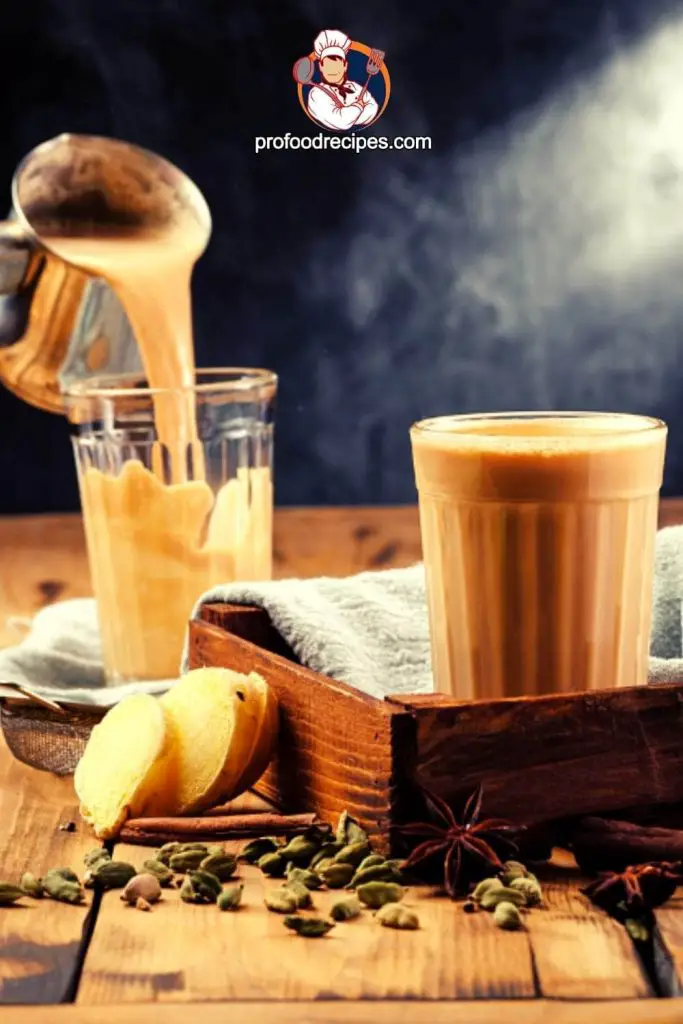
In Different Types of Tea, there is another popular tea called ‘Chai Tea’ from India. Usually, this chai tea is made with just tea with milk. There is also a spiced version of this chai tea called ‘Masala Chai,’ which is prepared with beneficial herbs and spices: cloves, fennel, black tea, turmeric, cardamom, and saffron, cinnamon, star anise, black pepper, ginger.
Flowers, nuts. Fruit and chocolate are also added to this tea. Since this tea contains black tea, you will get all qualities of black tea from this chai tea.
Again this tea contains many kinds of Ayurveda herbs, so this tea has some health benefits such as: improving the digestive system, supporting heart health, preventing colds, boosting the immune system, decreasing bad cholesterol, protecting from nausea, good for the skin, relief stomach pain, and helps to lose weight.’
There are no serious side effects of chai tea, but drinking too much of it may cause migraines, anxiety, and stress and create sleep disorders. You can consume 120 mg per day of chai tea.
Read More: Different Types of Chai Tea Recipes
5. Wulong (Oolong) Tea
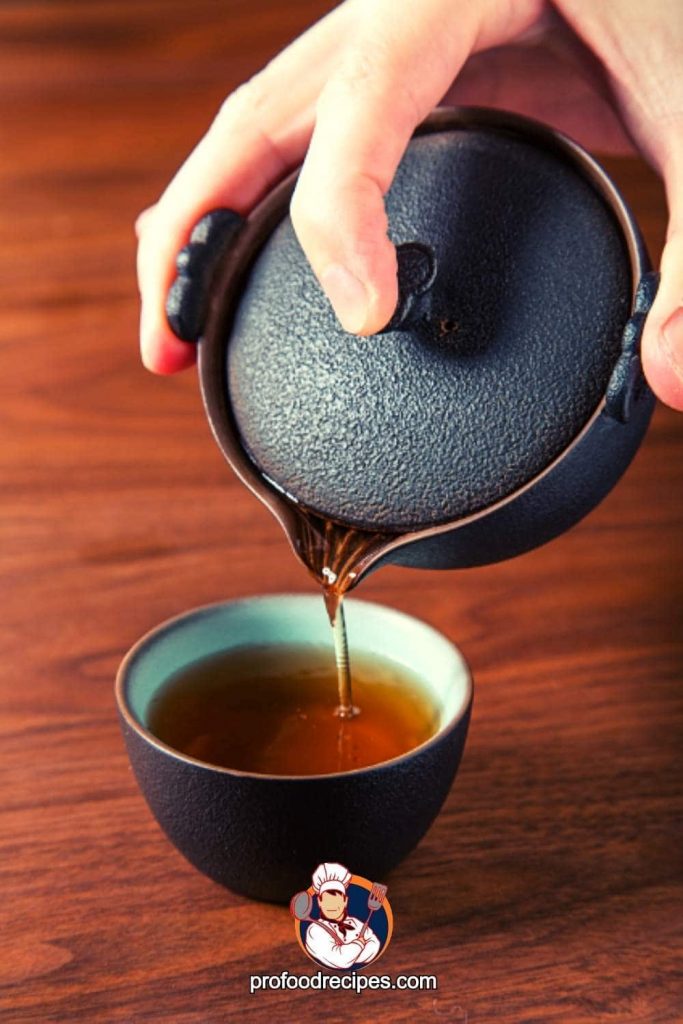
Oolong tea is one of the most luxurious and traditional tea. Combining black and green teas makes this tea a unique and delicious treat. There are polyphenols in oolong tea that are called antioxidants.
Oolong tea also contains EGCG, so drinking oolong tea has some health benefits. It helps reduce your extra weight, improve sleep, protect from chronic disease, control blood sugar levels, support heart health, improve gut microbiome, protect from stroke, etc.
There are some particular side effects of oolong tea for drinking excess of this tea. It may cause irregular heartbeat, headache, heartburn, vomiting, diarrhea, sleep problems, confusion, dizziness, nervousness, and tremor. It is sufficient 2-3 cups of oolong tea for a person in a day.
Read More: How to Make Oolong Tea Taste Better?
6. White Tea

Though white tea is harvested in china but in current times, it is also produced in other eastern countries like India, Nepal, Sri Lanka, and Thailand. In China, they used this tea for medical purposes for centuries, but recently white tea has become a popular beverage and achieves scientific claims for its health benefits.
Three kinds of white tea are the most well-known worldwide: white peony, Da Bai (big leaf), and silver needle.
White tea contains a high amount of antioxidant properties that help to improve your skin health, protect skin from damage, and prevent acne and blemishes. White tea has polyphenol, ECGC, L-theanine, fluorides, flavonoids, and catechins. These are helpful to your hair health, prevent cancer, improve oral health, control diabetes, improve heart health, bones, and cardiovascular disorder, and are great for weight loss.
Since white tea holds caffeine, drinking white tea more than 400 milligrams per day can create some health problems: dizziness, restlessness, anxiety, insomnia, and an effect on sleep.
Read More: How to Make White Tea at Home?
7. Puer (Pu-erh) Tea
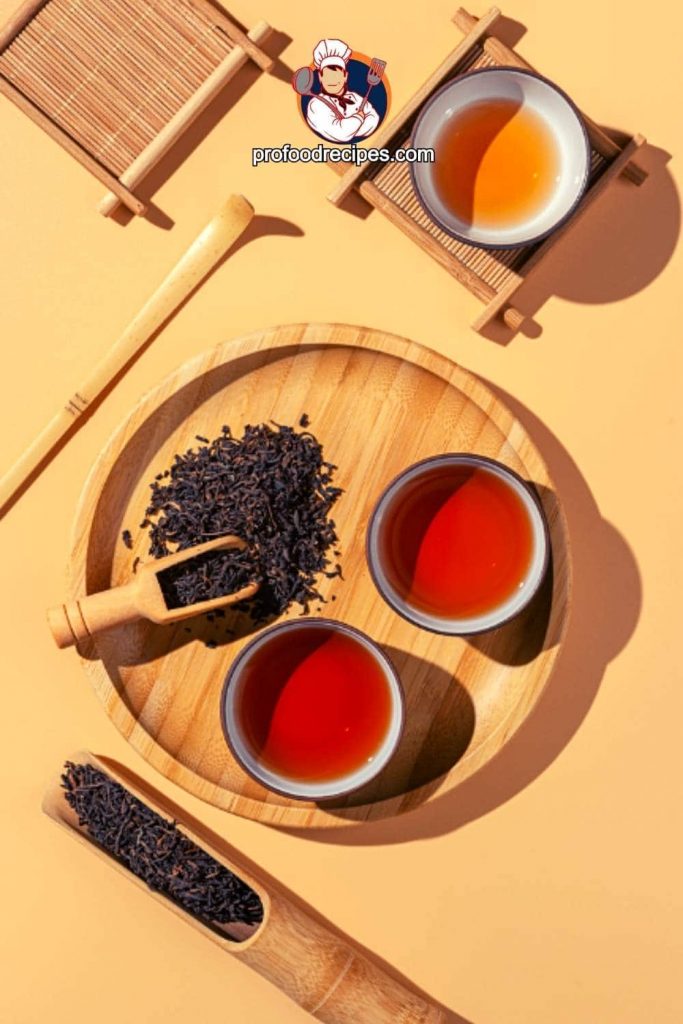
Most people might not know much about Pu-erh tea, or this tea is not familiar to them. Mainly this tea is cultivated in China. Pu-erh comes in black and green forms, and this is another tea from Camellia Senensis.
Some research claims it also has excellent health benefits like other teas. Pu-erh tea contains high antioxidants that protect you from radical damage like cancer and heart disease.
Moreover, some anti-bacterial characteristics, caffeine, and polyphenols in Pu-erh tea help improve bone health, aid weight loss, and reduce stress.
Taking an overdose of Pu-erh tea cause some problem: sleep problem, headache, vomiting, heartburn, dizziness, diarrhea, tremor, confusion, irregular heartbeat, and ringing of the ear. Drinking 4 cups of Pu-erh tea is sufficient for a person in a day to get all nutrients of Pu-erh tea.
Read More: How to Make Pu-erh Tea at Home?
8. Herbal Tea
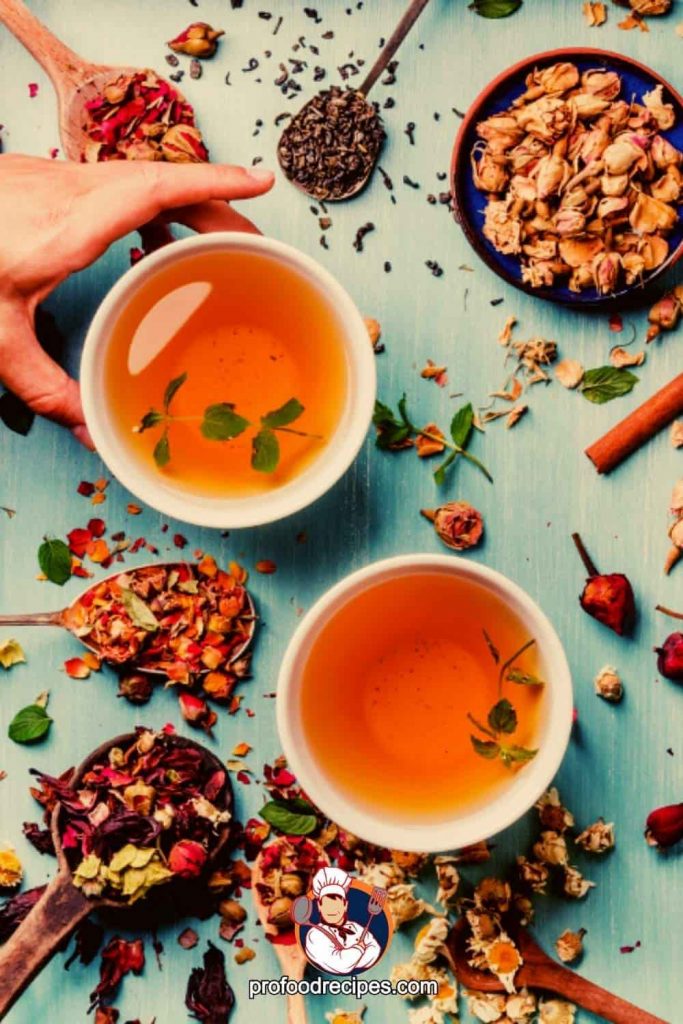
People worldwide consume tea for a variety of reasons. Most of the time, they use tea as a remedy for specific health issues. Herbal teas are one of them. Though herbal teas are not true teas, it comes with different health-promoting properties and numerous taste.
Almost 12 types of herbal teas are good for your health. These are ginger tea, rosemary tea, chamomile tea, green tea, lemon balm tea, peppermint tea, hibiscus tea, passionflower tea, eucalyptus tea, rooibos tea, Echinacea tea, and sage tea.
These teas contain so many health benefits and properties also they work in our body to cure some health problems. It helps boost the immune system, prevent anxiety, reduce cortisol and coughs, and decrease flu, brain aging, and cold pain. Also, it reduces heartburn, supports dental health, lowers blood sugar, improves memory, and helps produce white blood cells and inflammation.
There are many types of herbal teas to drink, so herbal teas’ side effects will differ for each tea. Still, I mentioned some common side effects of consuming an overdose of herbal tea that can cause: nausea, hormonal imbalance, vomiting, heartburn, anaphylactic, and dizziness. You can drink herbal tea 6-8 cups a day.
Read More:
10 Fascinating Things That You Didn’t Know About Tea
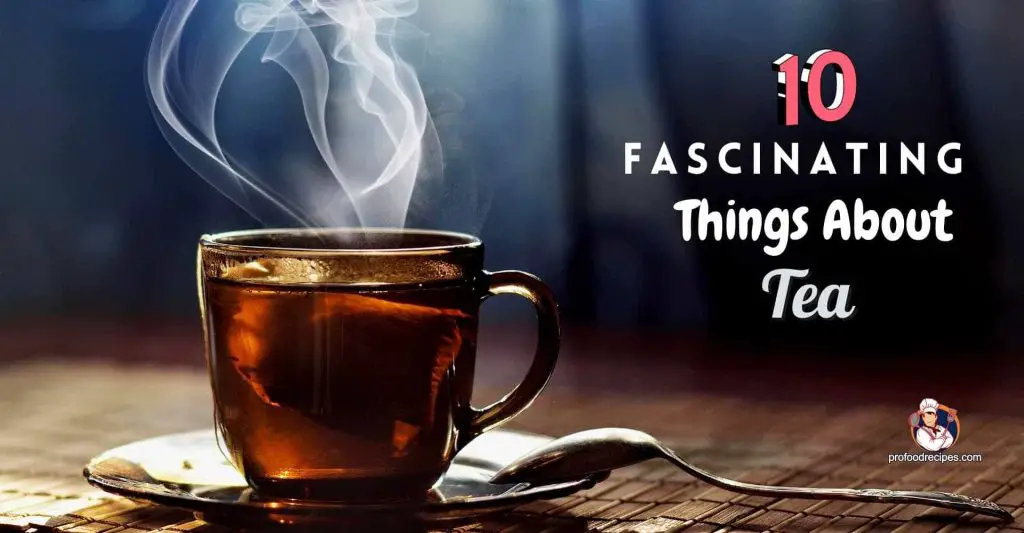
There is a lot to be said about teas in the world, but it is impossible to give all the information in one article, but I have listed here the 10 most fascinating Things you didn’t know about tea; this will surely surprise your mind.
- According to a few myths, it was 2737 BCE when tea was discovered for the first time, and the tea leaf accidentally fell in the jar of warm water, and the jar belonged to Chinese Emperor Shen Nung.
- In the 20th century, when teabags were discovered, and in current times, about 96% of people use or service by using a tea bag.
- The Camellia Sinensis plant is the only producer of true tea. True teas are green tea, black tea, white tea, Pu-erh tea, and oolong tea.
- Black teas can block iron from any supplements and food.
- 3000 years after the discovery of tea, tea has become a daily beverage for people. Until then, tea was used only as medicine.
- To stay hydrated, Tibet’s people add yak butter with black tea.
- In the 18th century, tea was so expensive that teas were preserved in a locked chest, now known as a tea teddy.
- Darjeeling is the only place known as the ‘champagne of tea’ worldwide. In the Himalayas, they grew tea for production. This region covers an area of fewer than 70 sq. miles.
- Turkey is the only country that consumes 3.16 kg or 6.96 lb of tea annually and ranks first as the top tea-consuming country globally.
- Boodles jewelers made the world’s most expensive tea bag to celebrate his 75th birthday. This was a diamond-encrusted bag which was worth £7000.
What Are the Most Popular Tea Flavors?
There are many kinds of tea in the world, and as a tea lover, you may have already tried some of them. But are you aware of which type of tea is the most often consumed and most popular? To wrap up, I’ve covered the most prominent types of tea in every region of the world. These are:
· Chai masala
· Black lemon tea
· Rooibos tea
· Strong Green tea
· Peach tea
· Earl grey
· Milk oolong tea
· Thai ginger tea
· Peppermint tea
How Does Jasmine Tea Taste?
Jasmine tea is made with green tea and jasmine flavors, and flowers. Most jasmine teas are scented or made with jasmine essential oil. True teas are used to make jasmine teas at an early stage, and the jasmine scent is given. So the taste of jasmine tea depends on its base means which true teas were used for this.
Which Month is National Hot Tea Month?
National hot tea month is the year’s first month, January. To start New Year’s new cold days, a cup of hot tea is like nectar. It can make your morning. With one cup of hot tea, some delicious dessert cookies are just an incredibly tasty breakfast package.
What is Hot Tea Day?
The yearly tea month is January, but January 12 is national hot tea day. This is the oldest traditional drink that has been placed in our cup since the 2nd century B.C. The China-originated tea drink has now become the world’s 2nd highest-consumed drink.
How to Drink Tea When It’s Hot?
When your tea is too hot, wait for some time before drinking. You can also use a spoon to mix things up and take a slow, steady sip. If you don’t, you risk severe internal burning of your mouth and tongue. Be careful but don’t make it too cold, or else you will not have the fun of its real taste.
Are You Supposed to Drink Tea Hot?
Drinking too hot tea never be a wise idea. You must be careful about it as it has serious hazards such as burning risk and esophageal cancer. Your tea temperature should be below 60 C (140 F) while you are supposed to drink. Lots of tea drinks also have some problems.
Is January Tea Month?
January is alternated as the month of hot tea for a healthy new year or a fresh start to the day. This month offers you a cup of hot tea to comfort against the chilly humidity that can be enjoyed cup after cup of hot tea to help warm your body and provide health benefits.
Why is January Celebrated as National Hot Tea Month?
National Hot Tea Month reminds us to do something for our health from the bitterly cold days of January. This month provides us with various health benefits to make a hot cup of tea, such as warding off flu germs or persistent colds and contributing to weight loss, etc. which makes our first month of the year more cheerful.
What to Do on International Tea Day?
Below are the things to do on International Tea Day:
· Promote the tea culture to all by providing each customer with a tea bag and accompanying instructions for planting tea.
· Try different flavored teas to highlight the flavor of the tea.
· Tea plantations will benefit from the provision of better plumbing and potable water.
· Organizing various seminars, presentations, and rallies to strengthen the regulations for Tea Growers Association Co-operatives
What Do Ladies Do at a Tea Party?
A tea party is a social gathering, meeting, or means of refreshment held in the afternoon. At these parties, women share stories about their daily lives, shopping budgets, gossiping about each other, etc. Besides, they organize various games, cards, songs, croquet, badminton, jokes, etc., to make the party more exciting.
What Are the 3 Main Foods Served at Afternoon Tea?
Food-wise, there is no hard-and-fast rule about the primary dish for afternoon tea. But the traditional main 3 dishes that usually go to serve with afternoon tea are:
· Cakes
· Scones or teacakes
· Sandwiches
Besides, many also serve biscuits, petit fours, or pastries with afternoon tea which goes well.
Final Verdict
Tea has become favorite beverage all over the world. To fulfilling world demand, tea is produced in more than one hundred countries.
Whether it’s breakfast, evening, dinner, or at any time, tea has been our favorite part of our regular life. There are some reasons behind giving so much importance to tea in our lives, which I have already mentioned in this article. Here I explained different types of tea; I hope it will be helpful to you.
You May Also Like to Read:
- Puer Tea Benefit, Side Effect, Precaution & Use
- Affects of White Tea for Skin Whitening
- How to Make Iced Guava White Tea Lemonade at Home?
- Is Orange Juice Good for Weight Loss?
- Do Lemonade Have Caffeine?

